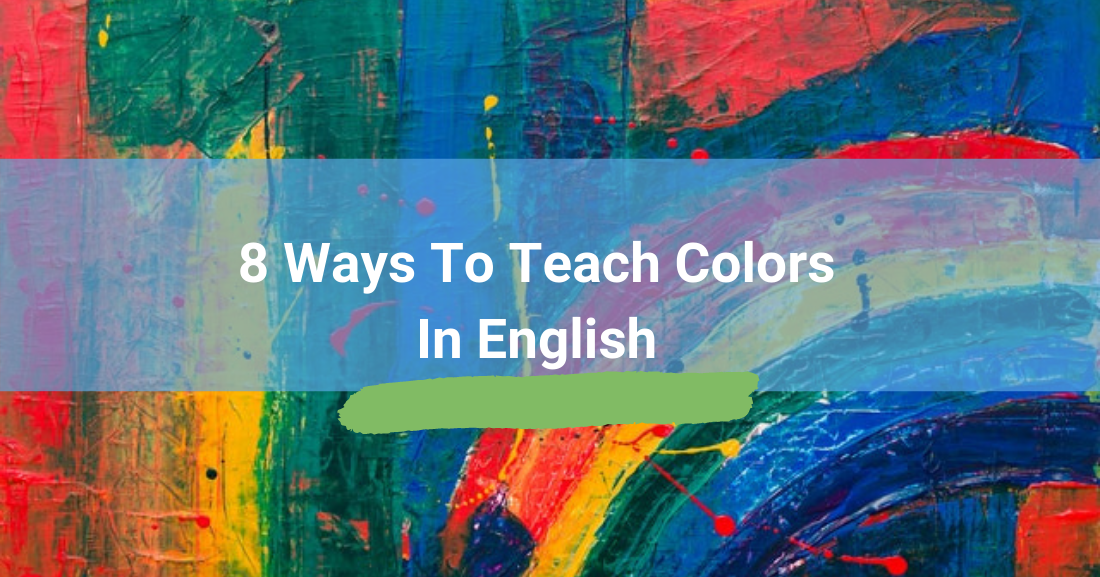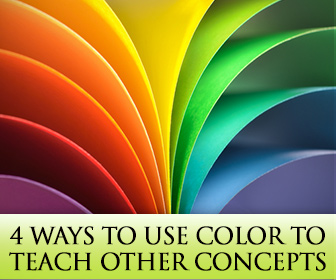Color Me Happy: 8 Ways to Teach Colors in English


Why? It is probably because we attach so many other meanings to colors, like emotions. Here are four activities you can use focusing on color to teach emotions, moods, weather, and grammatical and writing skills, geared toward any age and any level of learner.

If you have the technology, put together a slide show of impressionist paintings that use a lot of colors. If you do not have the technology and still want to try this, find an art book at a local library or school or network with other local teachers to find a colleague that can loan you one. You could use other art that evokes emotion as an alternative. Show a slide and ask:
They will link the colors to their moods, emotions, and even past events in their lives. This is a great discussion starter to practice conversation as well as feelings and past tense!
If you can, go on a walk with students in a natural setting (a forest, a park, the beach) early in the morning or during sunset. You could make it a homework assignment as well. Have students identify as many colors as they can in the natural landscape and relate the colors to an object in a full sentence (i.e. the flowers on the tree are purple). Then, as a homework assignment or in the next class, have them write a story or a poem about the park/natural place you visited. It can practice present or past tense: “What did you see at the park?” or “What colors are in the park?”
Ask students for all of the weather words they can think of and write them on the board. You could use this activity to introduce weather concepts as well if they have not learned them yet. Then, select the best words for number of students that day to relate to a color. Write the words on big pieces of paper, and assign one to each student. Ask the students to draw that weather element, offering as many vivid crayon colors as you can. After the students finish drawing, ask them to connect what mood they feel when that weather happens and write the mood words in their selected crayon color.
This is a great activity for kids, but you can use it with adults as well! Adult answers just might be more sophisticated. Have students share their results with the class and explain their color and mood choices.
Ask students to take pictures for a week when they notice a color that strikes them. They should select their favorite five photos at the end of the week. Do not give them any more directions than that. Pictures can be taken on cell phones or whatever camera they have available to them. (If they have no access, make this a magazine activity game and bring a stack to class one day, giving them 20 minutes to pick out colors from pages that particularly strike them.) If you can, collect their pictures and present a slide show to the class, asking them to write down a mood they feel when they see the color. Then, ask the picture provider why he chose that picture. The connotation between mood and emotion and color will become very apparent to them and help them remember all of the concepts!